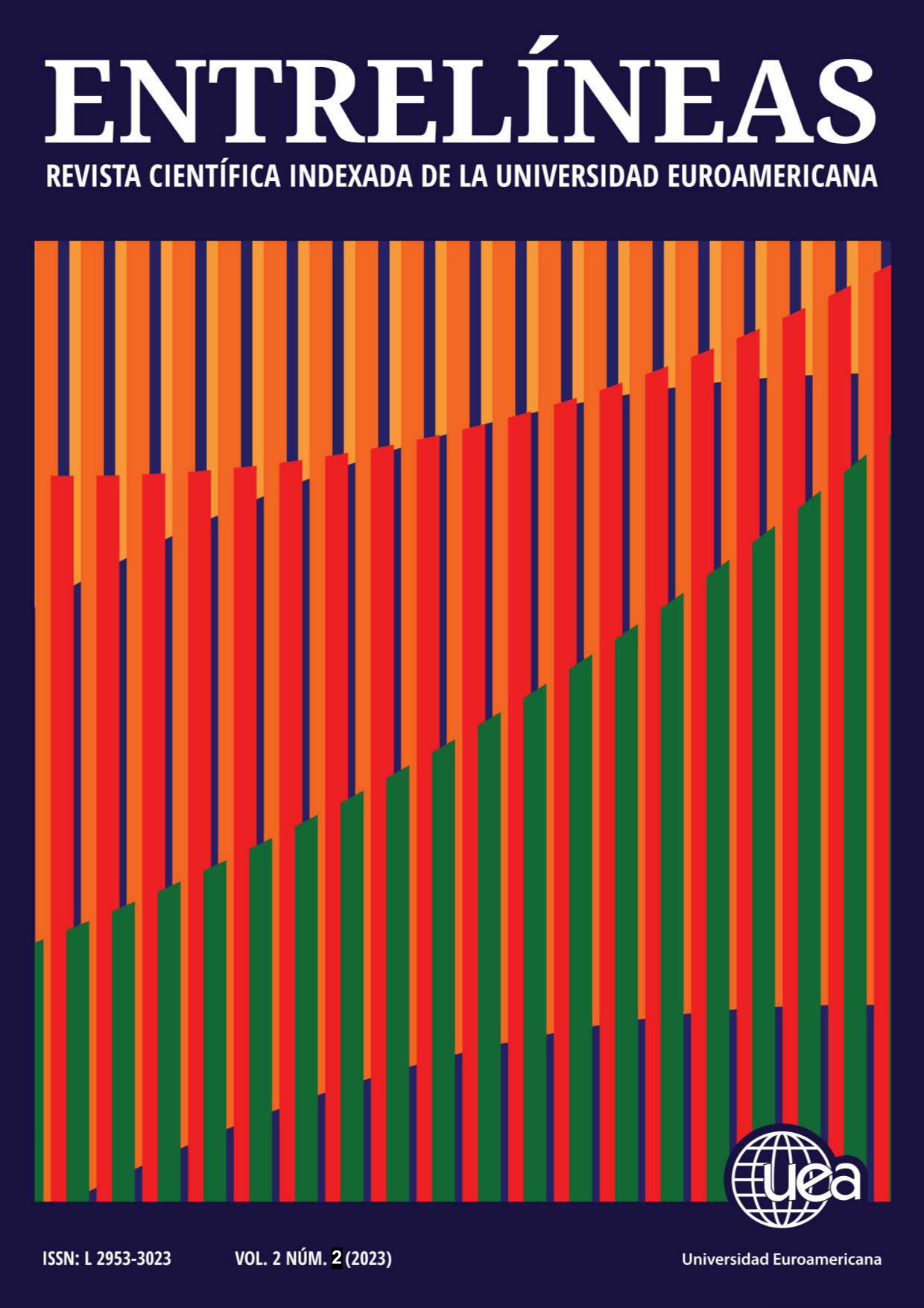Visual perception and gestalt, an approach to learning in subjects with schizophrenia
DOI:
https://doi.org/10.56368/Entrelineas226Keywords:
visual perception, learning, Gestalt, schizophreniaAbstract
Schizophrenia is one of the main neuropsychiatric disorders associated with mental health problems in the world. The study of its symptoms can complement clinical advances and aid the understanding of cognitive processes of subjects affected by this illness. A review of the problem posed by this study concerning the visual perception of people with schizophrenia and its influence on the learning process has been carried out from different research works. Visual perception is a mental activity that is related to psychological functions such as learning and memory. Through perception we make an interpretation of the world around us, so we have to consider subjective elements that are related to the experiences of the observing subject. Gestalt proposes a series of laws tending to mental order that show that the way in which we perceive responds to a series of elements configured in our brain. People with a mental disorder, such as schizophrenics, do not respond to the same scheme of visual perception which, in turn, can cause disconnection. We expose the basic principles of Gestalt, so that the scope of its implication in perceptual processes can be understood as well as a proposal to improve the artistic-visual learning of these subjects.
Downloads
References
Arnheim, R. (1986). Arte y percepción visual. Alianza.
Bodner E, & Barak Y. (1996). Percepción visual en pacientes esquizofrénicos. European Psychiatry (Ed Española). 3(1), 66-71. doi:10.1017/S1134066500000825
Britsch, S. (2012). Image as language: Teacher-created photographs and visual literacy for English language learning. Australasian Journal of Early Childhood, 37(2), 113-121.
Burley, T. & Freier, M. (2004). Character structure: a gestalt–cognitive theory. Psychotherapy: Theory, Research, Practice, Training, 41(3), 321–331.
Carterette, E. & Friedman, M. (1982). Manual de percepción: raíces históricas y filosóficas. Trillas.
Ciafardo, M., & De Santo, E. M. (2020). Breviario de las Leyes de la Gestalt.
Garret, H. E. (1951). Las grandes realizaciones en la psicología experimental. Biblioteca de Psicología y Psicoanálisis.
Gil Orenga, P. (2019). Psicoteràpia GESTALT i esquizofrènia: Una revisió narrativa. (Treball de Final de Grau de Psicología). Universitat Jaume I.
Gondra, J. M. (1996). La psicología moderna. Desclée Brouwer.
Gracia Laso, S. (2017) Déficits de percepción y rehabilitación psicosocial en personas con esquizofrenia. (Tesis de Grado). Universitat Jaume.
Guillaume, G. (1964). [1933]. Immanence et transcendance dans la catégorie du verbe. In Langage et science du langage. Nizet et Presses de l’université Laval, 46-58.
Hothersall, D. (1997). Historia de la psicología. McGraw-Hill.
Kannizsa, G. (1986). Gramática de la visión. Paidós.
Katz, J. (1967). Recent issues in semantic theory. Foundations of Language, 3, 124-194.
Kucharska-Pietura, K., Tylec, A., Czernikiewicz, A., & Mortimer, A. (2012). Attentional and emotional functioning in schizophrenia patients treated with conventional and atypical antipsychotic drugs. Medical Science Monitor: International Medical Journal of Experimental and Clinical Research, 18(1), CR44.
Latner, J. (1994). Fundamentos de la Gestalt. Editorial Cuatro Vientos.
Minassian, A., Granholm, E., Verney, S., & Perry, W. (2005). Visual scanning deficits in schizophrenia and their relationship to executive functioning impairment. Schizophrenia research, 74(1), 69-79.
Montaño, L., Nieto, T. & Mayorga, N. (2013) Esquizofrenia y tratamientos psicológicos: una revisión teórica. Revista Vanguardia Psicológica Clínica Teórica y Práctica, 4(1), 86-107.
OMS. (2022). Esquizofrenia. https://www.who.int/es/news-room/fact-sheets/detail/schizophrenia#:~:text=A%20escala%20mundial%2C%20la%20esquizofrenia,personas%20(0%2C32%25)
Oviedo, G.L. (2004). La definición del concepto de percepción en psicología con base en la teoría Gestalt. Revista de Estudios Sociales, 89-96.
Rogers, T. B., Kuiper, N. A., & Kirker, W. S. (1977). Self-reference and the encoding of personal information. Journal of Personality and Social Psychology, 35(9), 677–688. https://doi.org/10.1037/0022-3514.35.9.677
Romero, D.H. (2018). Cambios en el proceso cognitivo de percepción visual en pacientes con trastornos psicóticos. (Tesis de Maestría). Universidad Autónoma de Nuevo León.
Schaefer-Simmern, H. (1948). The unfolding of artistic activity, its basis, processes, and implications. University of California Press
Talpos, J., Riordan, J., Olley, J., Waddell, J. & Steckler, T. (2015). Opposing effects of glutamatergic and GABAergic pharmacological manipulations on visual perception task. Psychopharmacology, 232, 3967–3976. https://doi.org/10.1007/s00213-015-3964-4
Torales, J., De Doménico, E. & Duarte, E. (2020) Esquizofrenia y alteraciones de la percepción visual. Artículo de revisión. Revista Virtual de la Sociedad Paraguaya de Medicina Interna, 7(2), 96-104.
Vargas, M. L. (2004). Posibilidades de rehabilitación neurocognitiva en la esquizofrenia. Revista de Neurología, 38(5), 473-482.
Downloads
Published
Issue
Section
License

This work is licensed under a Creative Commons Attribution-NonCommercial 4.0 International License.
You are free to:
- Share — copy and redistribute the material in any medium or format
- Adapt — remix, transform, and build upon the material
- The licensor cannot revoke these freedoms as long as you follow the license terms.
Under the following terms:
- Attribution — You must give appropriate credit , provide a link to the license, and indicate if changes were made . You may do so in any reasonable manner, but not in any way that suggests the licensor endorses you or your use.
- NonCommercial — You may not use the material for commercial purposes .
- No additional restrictions — You may not apply legal terms or technological measures that legally restrict others from doing anything the license permits.









